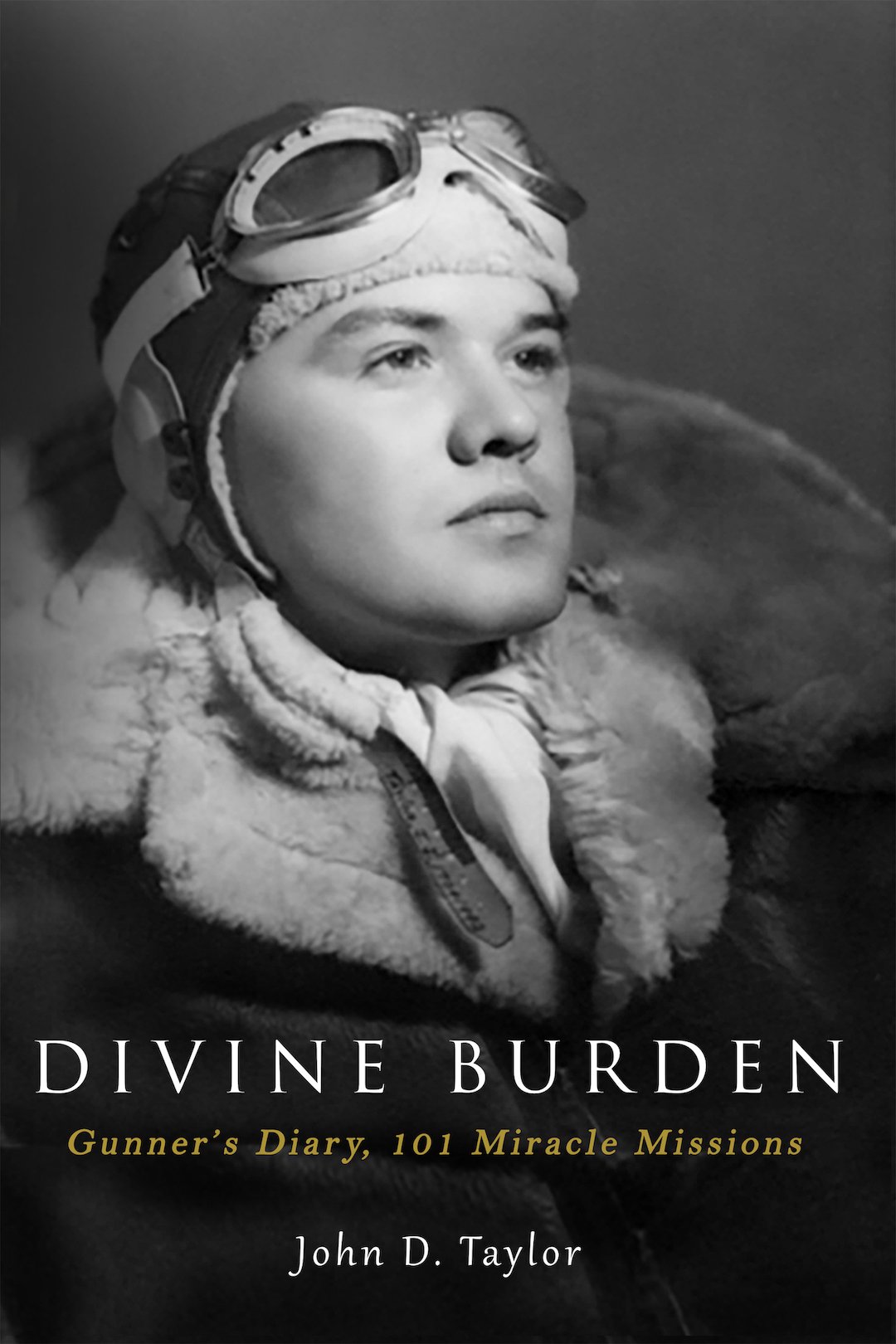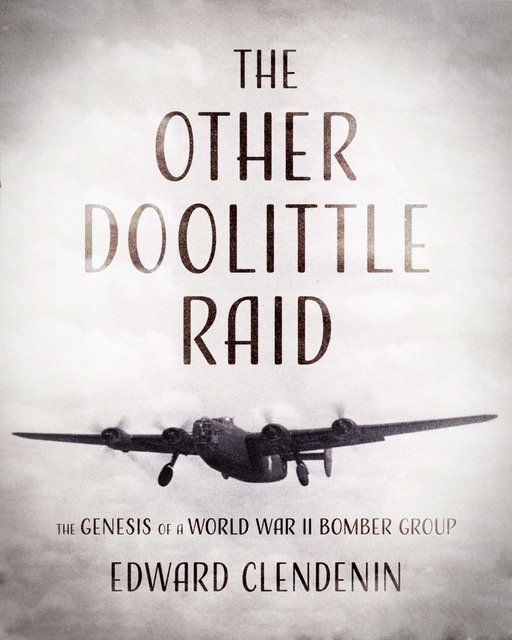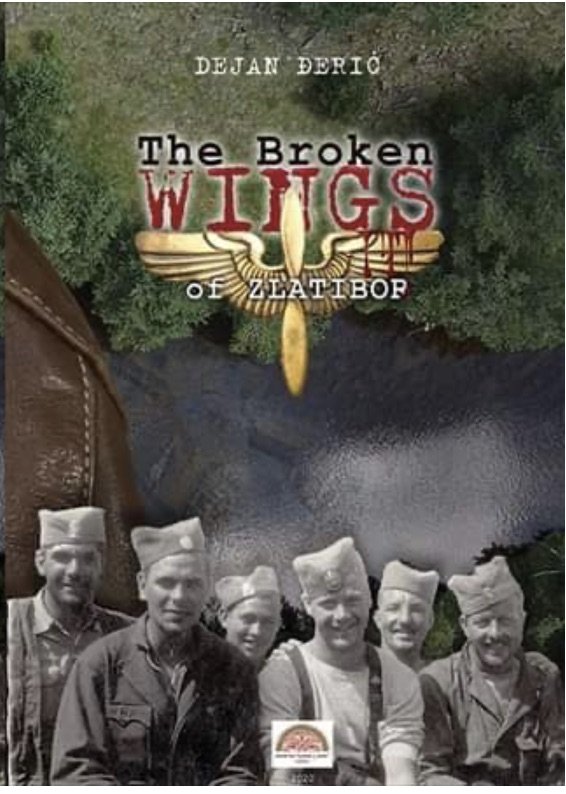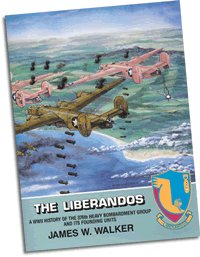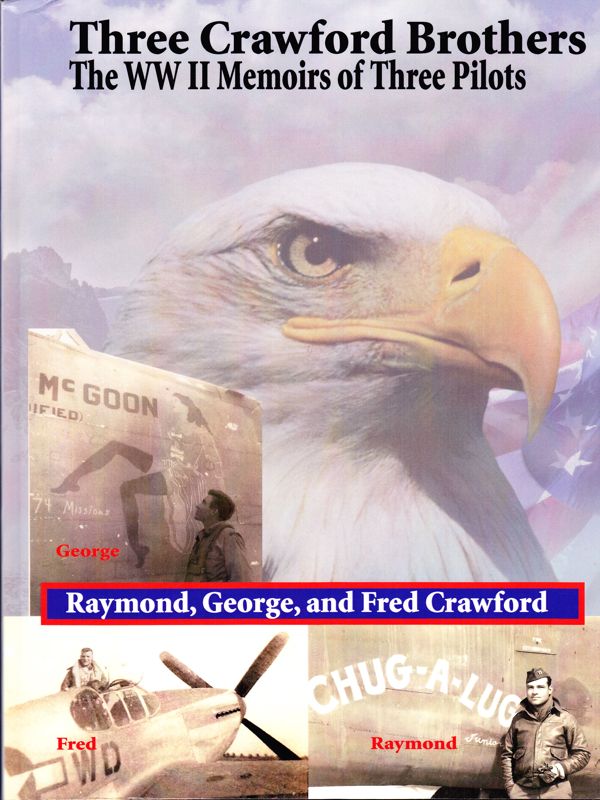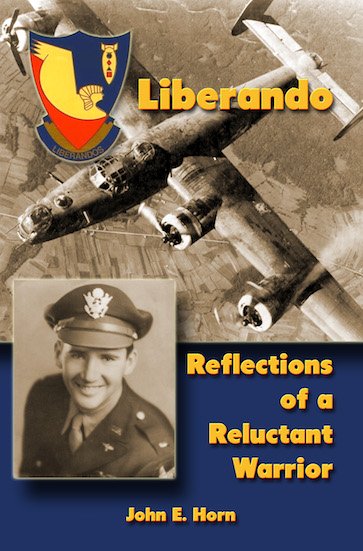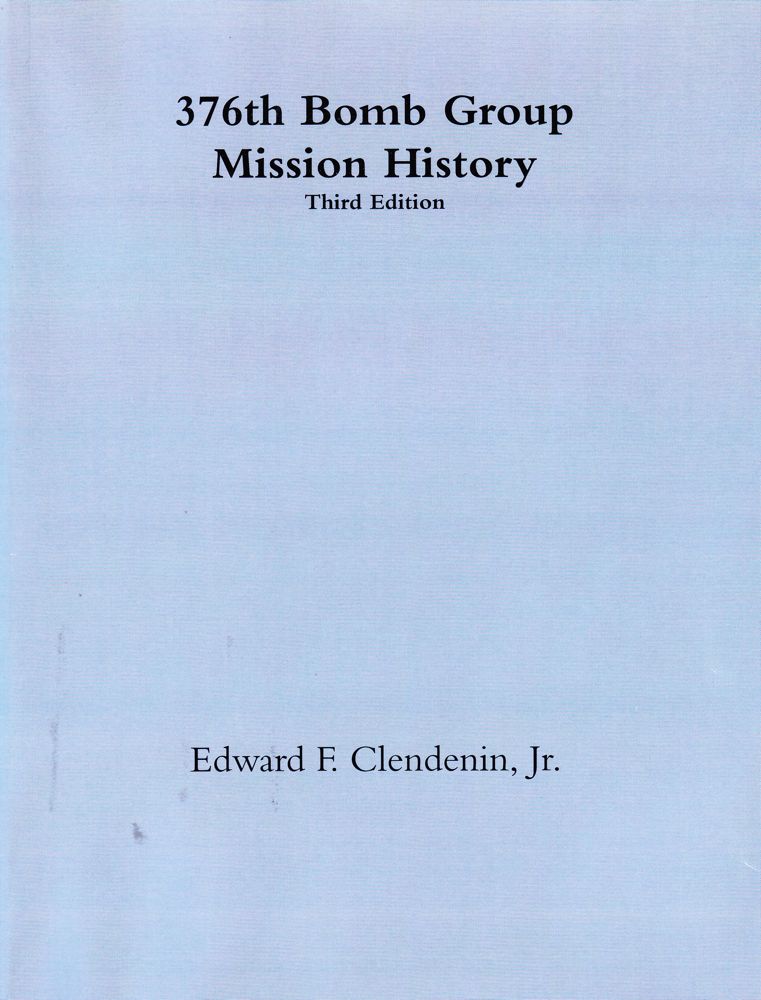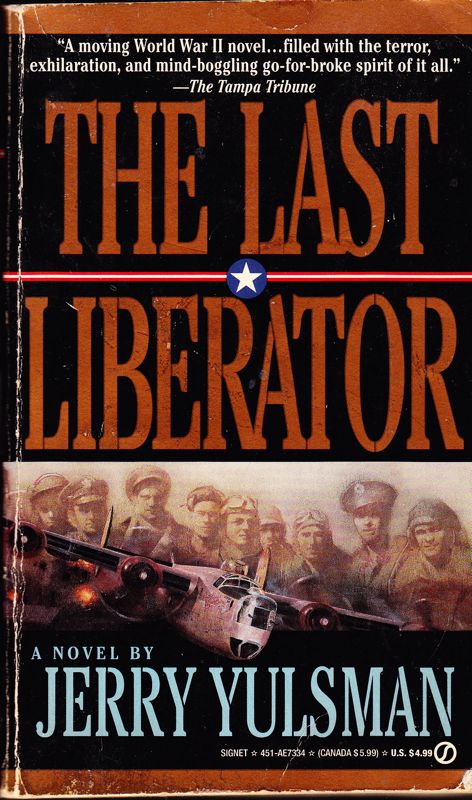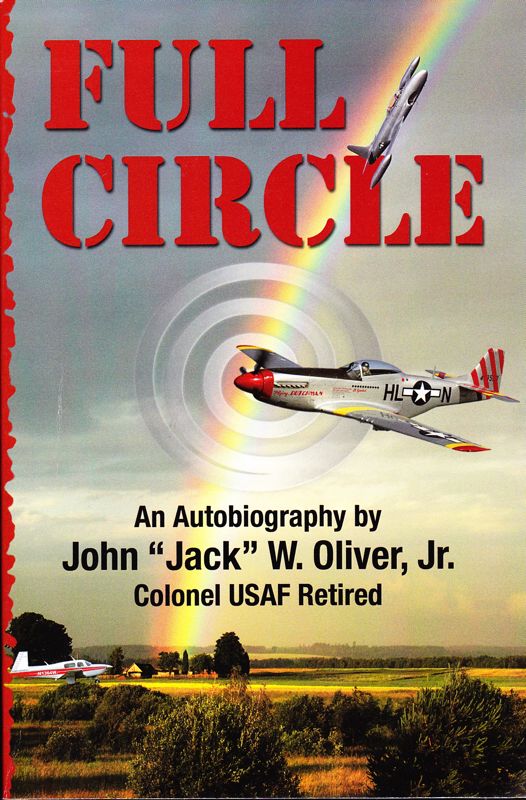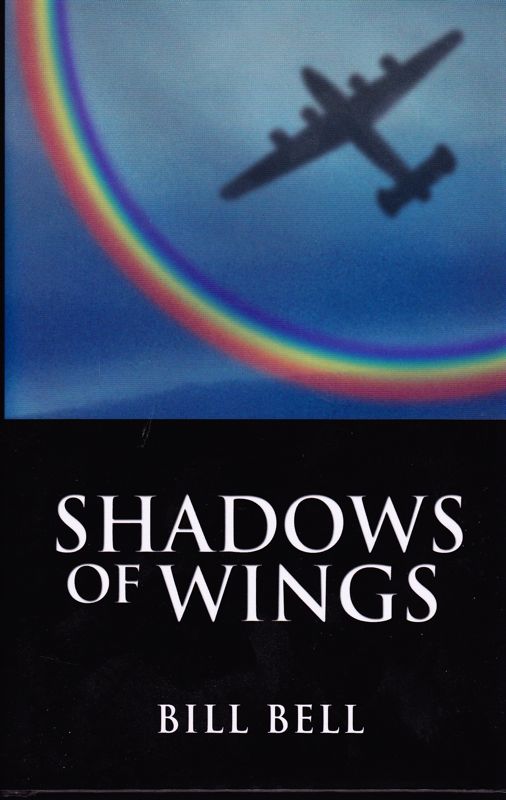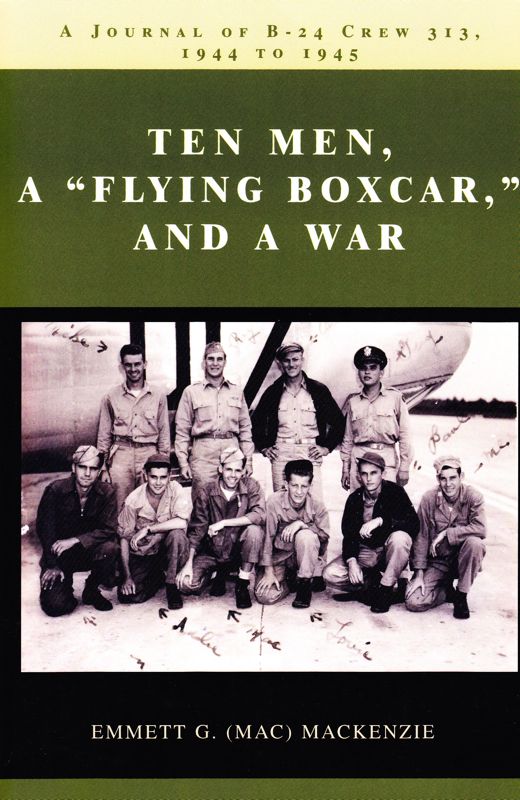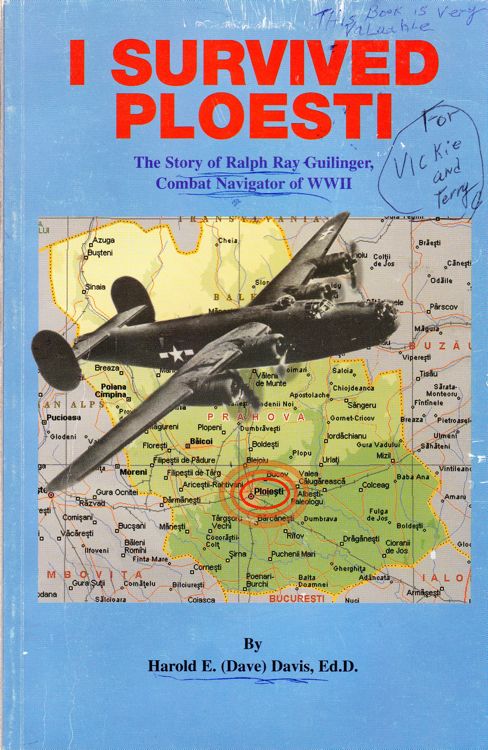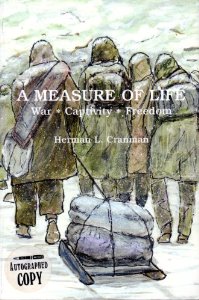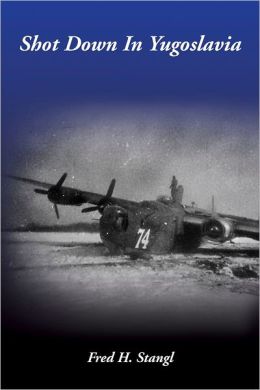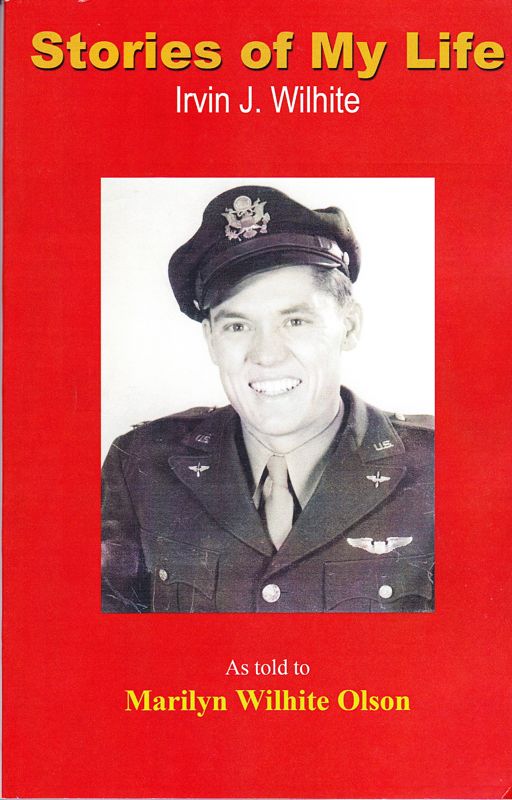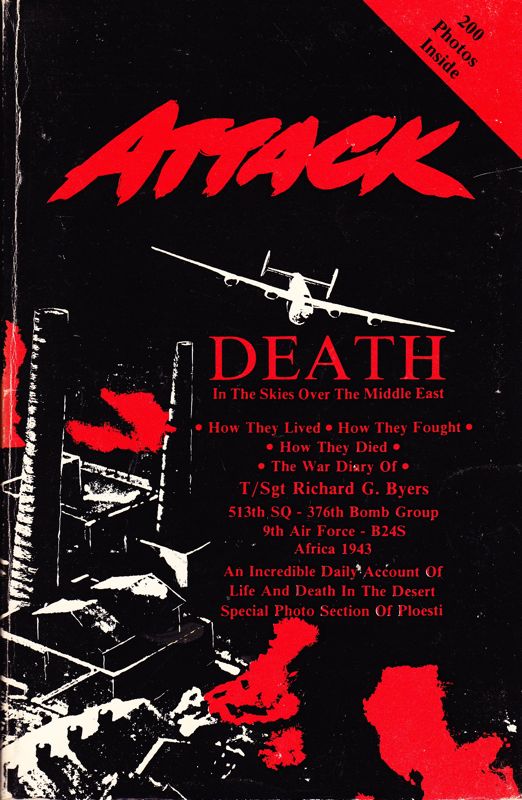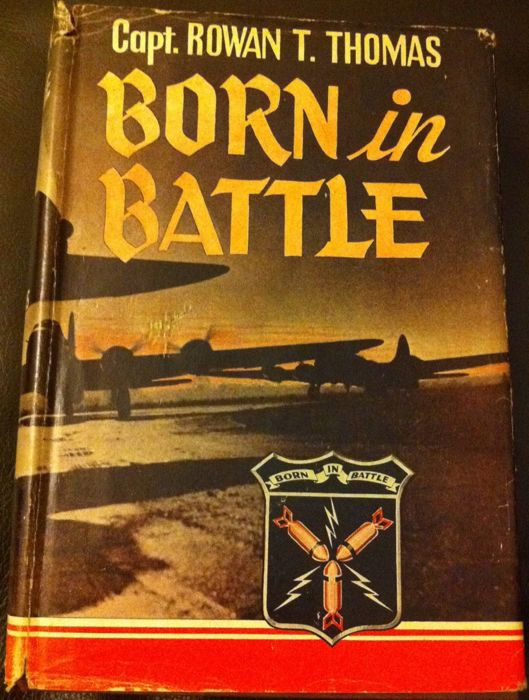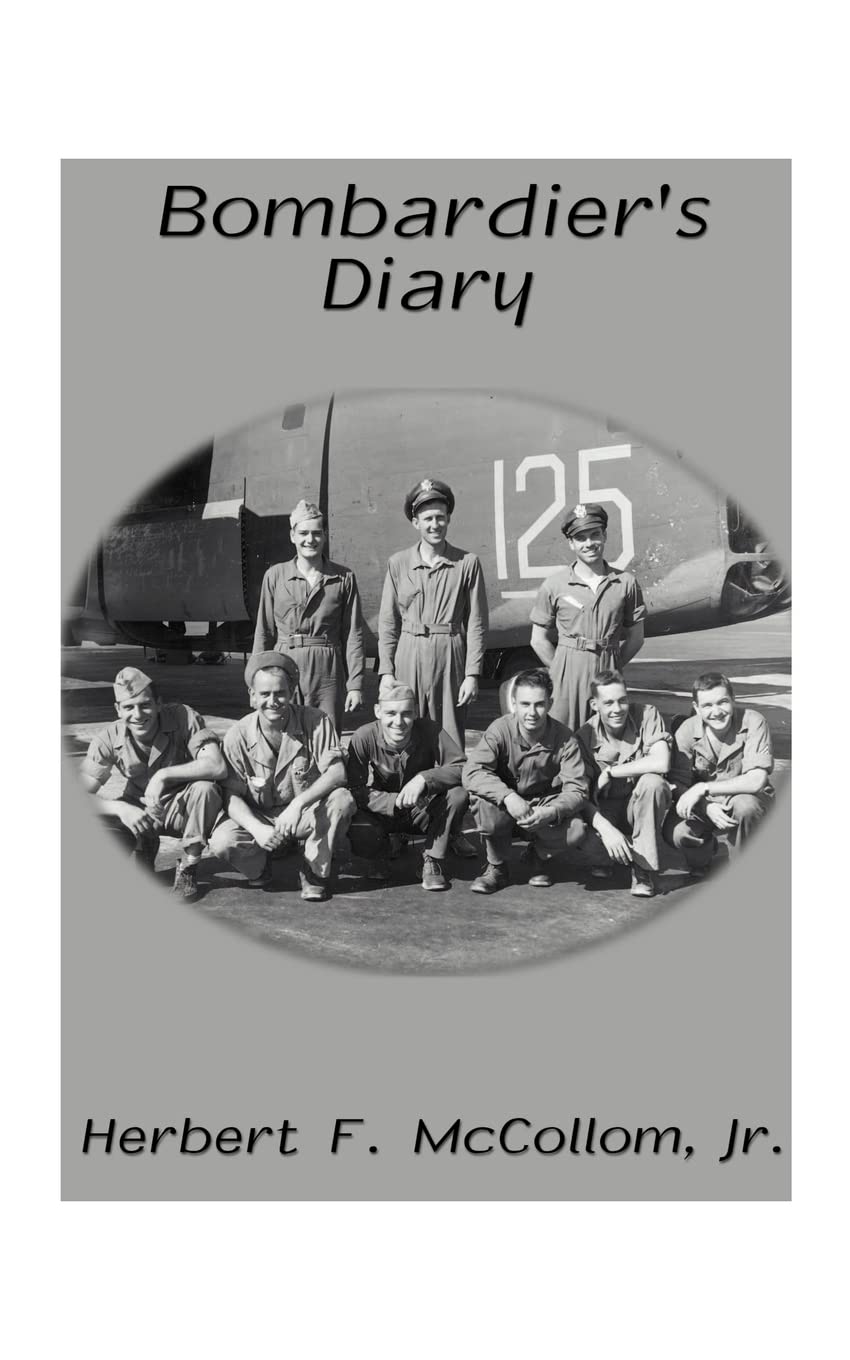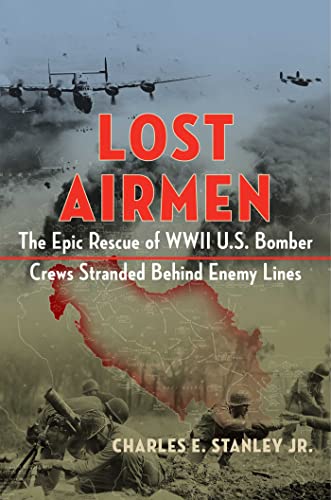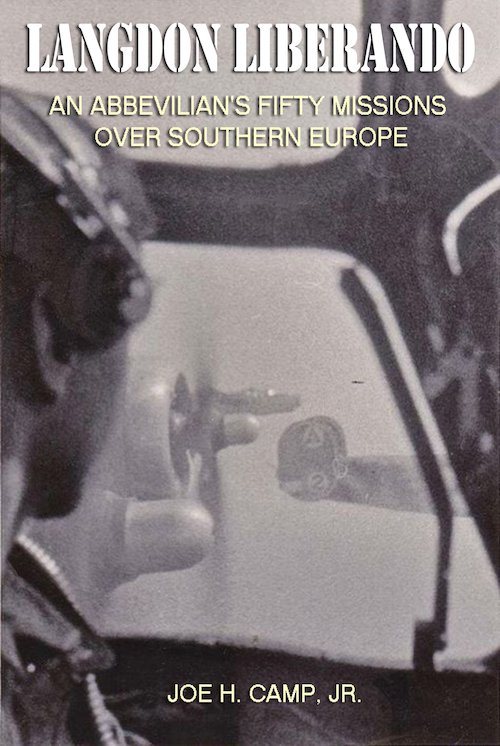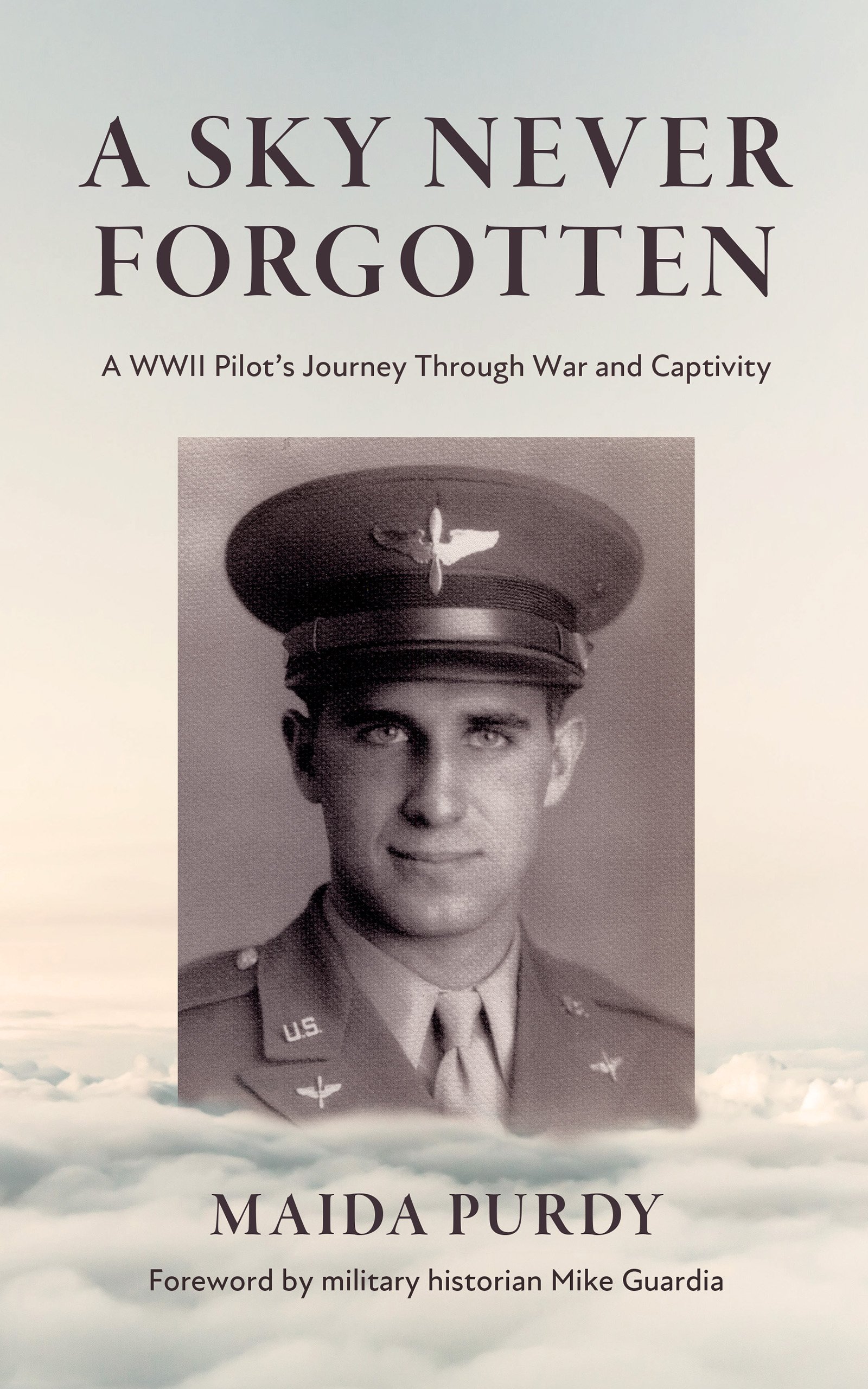Alfred E. Berger
Italy and the 512th Squadron
After leaving the ship we were trucked to Casserta, Italy to a replacement battalion, where we spent a couple days. Our living quarter was a tent with six canvas cots. The first night it snowed and to keep warm we slept in our flying gear, boots and all. We were told snow was a rarity there. The next day it warmed so we put our flying gear away.
Our next move was to an Air Corps replacement center at Bari Italy where crews were sent to various bomb groups where needed. After five days we were sent to the 376th bomb group, 512th squadron located near a small town of San Pancrazzio, Italy, in the heel of the boot on the Adriatic side of Italy. It was now the 22nd of January and we settled in to ''Tent City". The tents were located to form streets, with tents on both sides of the street. Tents were pyramidal, about sixteen feet square with a center pole and walled up about four feet. It had a wooden floor inside. In the center next to the supporting pole was a stove made out of a half of an oil drum inverted and fed with diesel fuel from a five gallon "Gerry" can mounted about five feet high outside the tent. An aluminum tube from the can went under the floor to the stove. The fuel came in by gravity either to a drip pan or into a nu" tube where the oil came over the top and was preheated for the bottom tube that had tiny holes in the top and the gasified oil burned like a gas stove. The oil tube had shutoff cocks on both ends to control the amount of flow.
Six of us non-corns slept in a tent on canvas cots. Our officers were in a different area but had similar conditions. Several concrete block buildings served as operations, mess hall, day room, and enlisted men and officers clubs.
The plane we flew in was the B-24 Liberator, named by Consolidated Aviation Corporation and were built by a pool of manufacturers including Ford Motor Company, Consolidated Aviation, Douglas Aircraft, and North American Aviation. It's initial flight was in the year 1939 and until World War II was over, more than 18,300 Liberators were built, 5000 more than B-17s,
Because of its unique shape and size it was called a flying boxcar and many other names including flying whale, New York garbage scow with wings, Spam can in the sky, banana boat, flying brick, and a pregnant cow.
The Liberator had a wingspan of 110 feet and the fuselage was 66 feet long, a top speed of300 miles per hour, 32,000 feet altitude, and a range of2,800 miles. It had four engines with dual controls for pilot and co-pilot. There were four gun turrets, nose, tail, upper, and ball turret, located under the belly, which was retractable and only dropped into position when there was the possibility of enemy attack, and two fifty caliber machine guns one on each side in the waist area. Unlike later airplanes that are pressurized, the fuselage was metal framework covered with sheet aluminum, no insulation for sound or warmth; therefore it was noisy and cold as most of our flights were above 10,000 feet. To counteract this crew members wore heated suits that had to be plugged into receptacles located throughout the plane. Flying helmets were worn for warmth and radio communication between crew members. Oxygen masks had to be worn above 10,000feet. Just behind the pilot and co-pilot were seats with some work- space for the radioman and the navigator. The bombardier was located behind the nose turret with the bombsight mounted at the window on the bottom front of the plane, just forward of the nose wheel. Auxiliary equipment included flak suits, inflatable vests and parachutes.
Naturally we were anxious to see what this part of Italy was like so the first chance we had, we got a pass to go into the town of San Pancrazzio. A truck made half-hour trips into town and back so all of us enlisted men got on and headed to town. The town was very old and it was not uncommon to see donkey driven carts to transport things by the local inhabitants. There were some shops and most of the buildings were stone or some kind of block cemented together. In the center of town were the remains of an amphitheater, or arena, that dated back to the ancient Romans of the first century, making it two thousand years old. I visualized Roman gladiators fighting each other or people being fed to the lions. I've since learned that the Romans of that time imported lions from Africa for that purpose, and these arenas could be found all over Italy and could seat twenty or more thousand people. We did find a photographer and later five us went into town to have our picture taken with our new chevrons on after promotion to staff and tech sergeants, that was a requirement for combat flight personnel.
Due to weather it wasn't until February ninth that we finally got into a plane and spent two hours of orientation flying over southern Italy to become familiar with the area. Three days later we flew three and a half hours of formation flying, the way we will spend most of our flying time on combat missions.
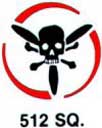
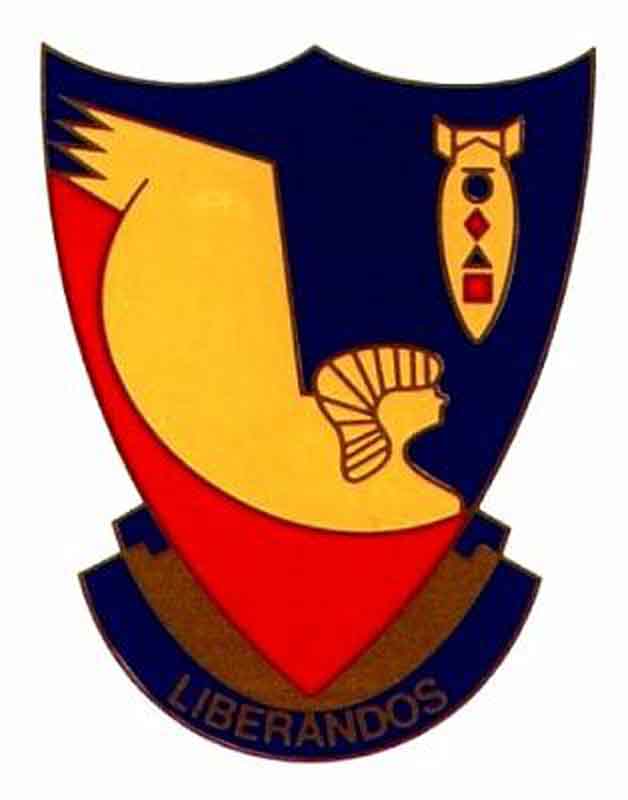
The website 376bg.org is NOT our site nor is it our endowment fund.
At the 2017 reunion, the board approved the donation of our archives to the Briscoe Center for American History, located on the University of Texas - Austin campus.
Also, the board approved a $5,000 donation to add to Ed Clendenin's $20,000 donation in the memory of his father. Together, these funds begin an endowment for the preservation of the 376 archives.
Donate directly to the 376 Endowment
To read about other endowment donation options, click here.
Reunion
NOTE change in the schedule !!
DATES: Sep 25-28, 2025
CITY:Rapid City, SD
HOTEL: Best Western Ramkota Conference Hotel; 2111 North LaCrosse St., Rapid City, SD 57702; 605-343-8500
Click here to read about the reunion details.
